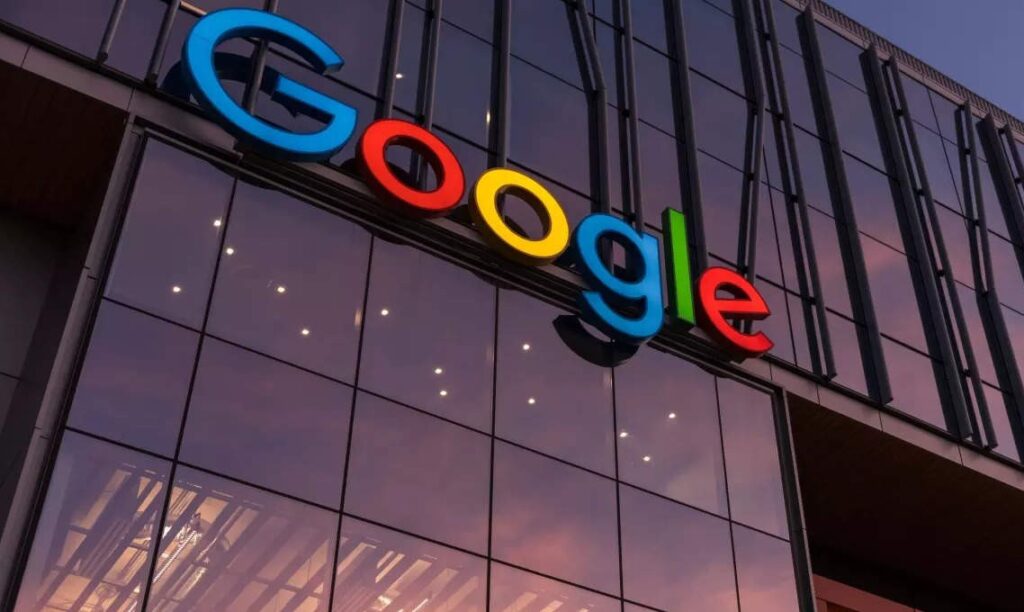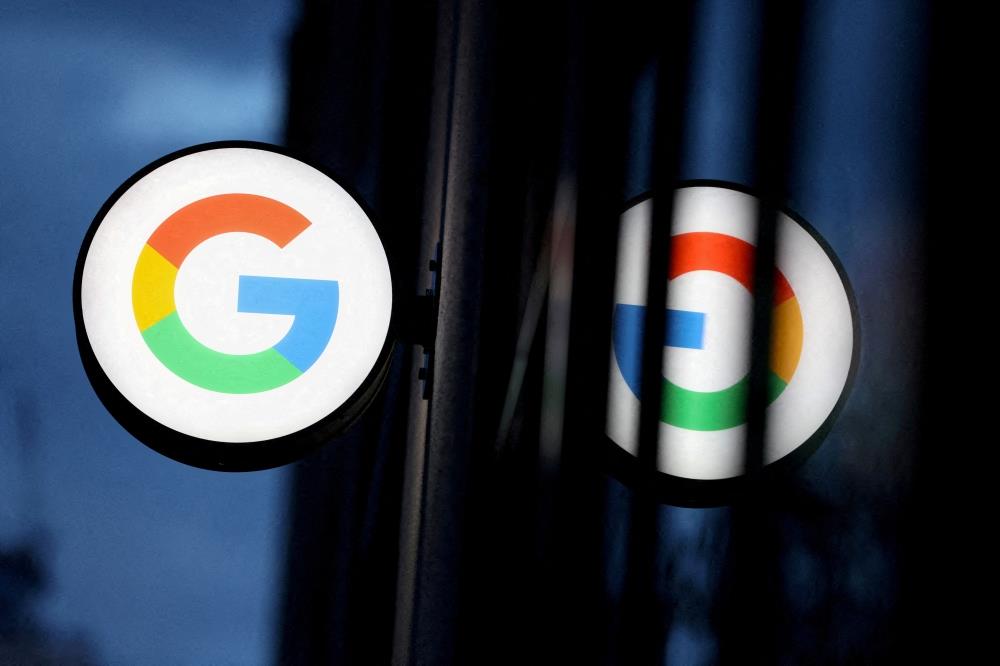Bing Search Engine Surpasses 100 Million Daily Active Users
This week, Microsoft CEO Satya Nadella’s pursuit of Google hit a new high when the company revealed that the number of daily active users of its AI-powered Bing search engine had exceeded 100 million.
Bing’s statistics were revealed in a blog post on Wednesday by Yusuf Mehdi, corporate vice president, and chief consumer marketing officer at Microsoft. Notably, Mehdi noted that a third of Bing’s active users are brand-new to Bing. Bing preview is a constrained early-bird form of its upcoming search engine.

The company viewed this as “validation” of its belief that search needs to be reinvented and evidence of the attraction of providing search, responses, chat, and creativity all in one spot.
Also Read: Google expands Gmail client-side encryption to more users
Even though Google, which has over 1 billion users on a daily basis, is still the market leader, this is a promising start for Microsoft. Mehdi wrote in the blog, “This is a surprisingly notable figure, and yet we are fully aware we remain a small, low, single-digit share player. that said, it feels good to be at the dance!” The Microsoft executive continued by claiming that users were using Bing more frequently, though he withheld precise figures.
Mehdi outlined the two variables that influence Bing usage and trial. According to The Verge, the company has actively pushed its browser, Microsoft Edge, onto users through Windows updates and prompts in an effort to deter them from downloading Google Chrome.
According to Mehdi, Microsoft intends to keep utilizing Edge to promote Bing in the future. The Microsoft executive said, “We expect new capabilities, like having Bing search and create in the Edge sidebar, will bolster further growth.”
Mehdi noted that another element influencing the growth is Bing’s improved core web search ranking, which has improved in quality and relevance as a result of the recent inclusion of OpenAI’s Prometheus model. Microsoft claimed at a news conference last month that Prometheus was “more powerful than ChatGPT”.
It should come as no surprise that users are visiting Bing to communicate with the famous search engine. An average of 3 chats are had per session by about one-third of users every day on Bing chat. Since the preview started on February 7, Bing has recorded over 45 million chats.
The Bing chatbot was introduced by Microsoft a month back in a “limited preview,” and it makes use of an OpenAI large language model (LLM). In reaction to the bot’s occasionally strange and threatening conversations, the company changed the behavior of the bot in a number of ways.
Also Read: Snapchat launches A.I. chatbot powered by OpenAI’s GPT
Microsoft recently added a few “personalities” for the chatbot to make replies either more direct or more entertaining. One alteration limited the number of answers the chatbot could deliver in a single occasion because it was simpler for the chatbot to go off the rails during longer sessions.
Microsoft has updated its Edge browser, Skype, the Windows 11 taskbar, as well as certain developer tools since last month to include “new Bing” features. The organization is also testing “multimodal AI” technology, which can process data in a variety of formats, including text, audio, video, and images.

I am a law graduate from NLU Lucknow. I have a flair for creative writing and hence in my free time work as a freelance content writer.





